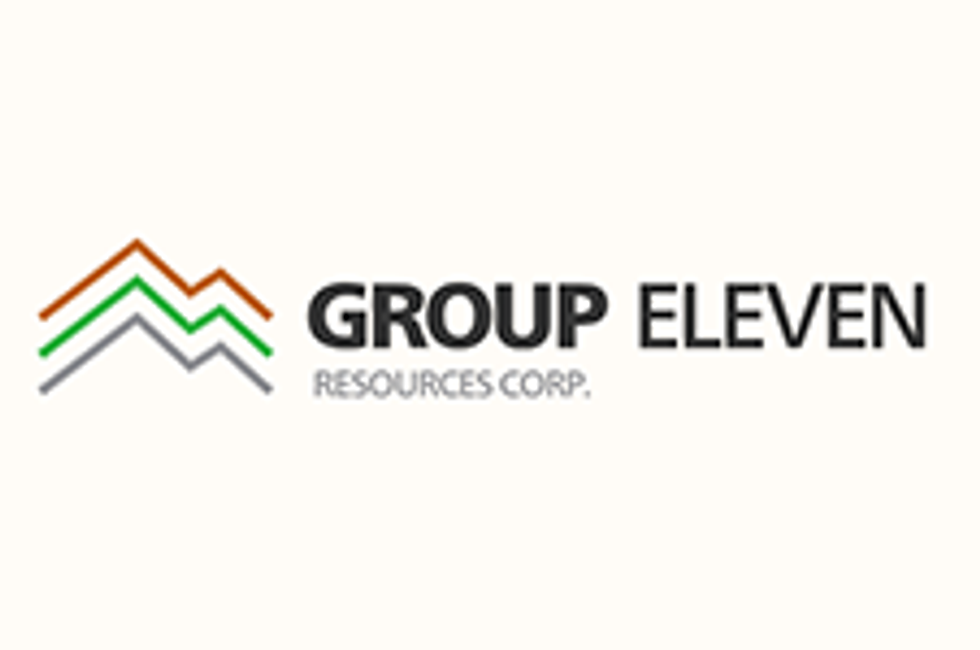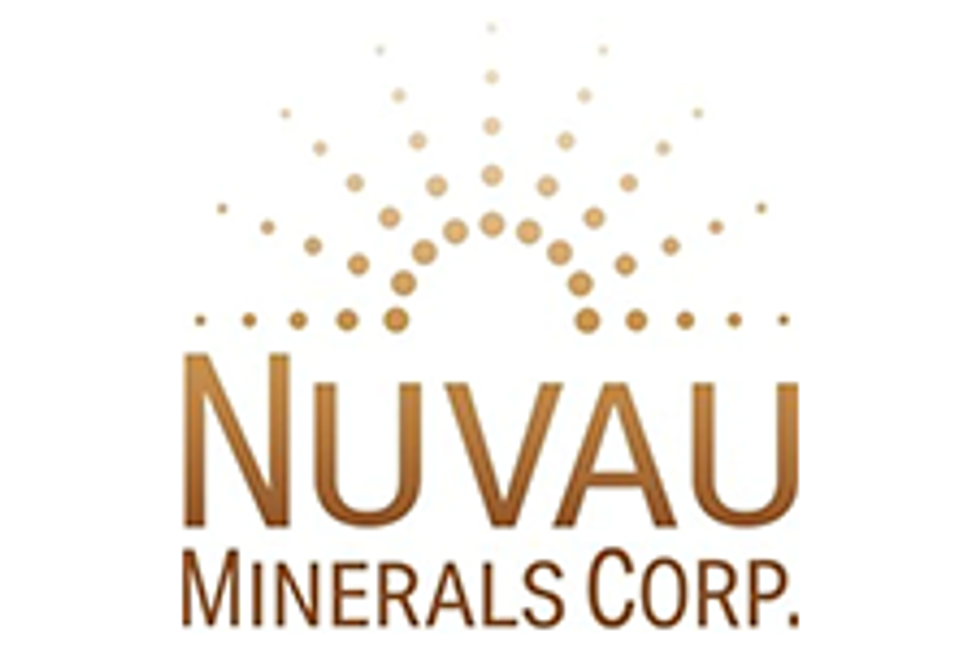Chieftain Metals: Negative Cash Cost Projection and Potential 10-fold Upside
Victor Wyprysky, chairman and director of Chieftain Metals, explains the economics behind the Tulsequah Chief project’s 10-fold upside and negative cash cost projection.
For Zinc Investing News (ZIN), one company that stood out from the crowd at last month’s Vancouver Resource Investment Conference was Chieftain Metals (TSX:CFB), which is currently focused on bringing its Tulsequah Chief project, located in Northwestern British Columbia, into production.
To learn more about the company — in particular, its negative cash cost projection and potential 10-fold upside — ZIN got in touch with Victor Wyprysky, Chieftain’s chairman and director, after the show. In the interview below, he explains the economics his company used to arrive at those numbers, also touching on how Chieftain plans to raise the funds necessary to start construction at Tulsequah. He also comments on what investors can expect from Chieftain in 2014.
ZIN: Can you give me a brief history of what work has been done at Tulsequah Chief and what aspects of it you would highlight?
VW: Tulsequah Chief is one of the world’s highest-grade volcanogenic massive sulfide (VMS) deposits. It’s a polymetallic deposit, which means it contains a number of metals — in our case, zinc, copper, lead, gold and silver. About half of the project’s value is in gold and silver, and the numerous metals provide a natural hedge against price fluctuations.
Basically, the project is now construction ready. We have all the relevant permits to start construction, and we have a full feasibility study as well as an independent engineering review of that feasibility study. The feasibility study confirms the economics, which are quite strong, and the independent review can be tabled with banks for senior project debt financing.
To get to that point there’s been extensive drilling, metallurgical work, logistics considerations, engineering work, the whole gamut, to demonstrate how the project will be built and then run. It’s a very, very advanced project.
ZIN: You mentioned in your Vancouver Resource Investment Conference presentation that Chieftain has a negative cash cost projected due to its by-product metals. Can you explain the economics you used to arrive at a negative cash cost?
VZ: The way it’s calculated is a standard industry metric. You take one of the main metals, in our case, zinc, and you apply all the costs of operating the mine to that volume of zinc production, but you also subtract the revenues from the other products. Assuming, of course, that you’re selling those products at realistic prices.
Imagine your operating costs for the mine are $80 million. But perhaps non-zinc revenues are $120 million. So in that example, you’re left with a $40-million credit toward the cost of zinc production. And if you have 80 million pounds of zinc, that’s the same as saying your cost of zinc production is negative $0.50. In our case, the actual numbers come to negative $0.90.
While we’re on this point, I should mention that there’s another calculation method, co-product cost of production. That’s where you take that same $80 million in operating costs and take the percentage of revenues from the different metals. So, say zinc is roughly 25 percent of that $80 million, or $20 million. If you’re making 80 million pounds of zinc a year, that implies that the cost of zinc production is $0.25.
Using either method we’re literally at the bottom of the global cost curve, somewhere in the bottom 1, 2, 3 percent of all mines in the world. It’s quite unusual, and the way you get there is by having a combination of very high grades, good recoveries and a number of metals to offset operating costs.
ZIN: Tulsequah has a feasibility study and has been fully permitted to start construction. What numbers would you highlight from the feasibility study?
VW: The feasibility study shows a pre-tax net present value of $200 million. It shows a good return of 16.5 percent; however, we’re in the process of improving that because it’s based on 2,000 tonnes a day. We believe we can improve the mine to 2,500 tonnes a day. That would add quite a bit to the net present value and also boost the internal rate of return of the project to somewhere over 18 percent.
At what I would call consensus pricing, annual cash flow at 2,500 tonnes a day would be somewhere between $140 and $150 million.
Also, what’s very important, but is not included in the feasibility study because that’s not the practise, is the impact of adding a modest amount of reserves to the mine production. As soon as we add about 35 percent to the mine tonnes — and virtually all VMS projects end up doubling or tripling, if not more, as they tend to occur in clusters — we’ll more than double the net asset value to $460 million and have a very high return. That shows the importance of adding further resources as you mine during the first phase of the project.
ZIN: From your presentation it looks like the main challenge in bringing Tulsequah into production is financing. How much needs to be raised and how do you plan on raising the funds?
VW: Yes, I think the last major objective in front of us, aside from actually building the project, is financing. We’re looking to raise $450 million, and we have been in extensive discussions with major global project banks. A number of them have been to the site, and I think they’re very comfortable with the economics and operational attributes of the project.
Of course, banks don’t provide all the money; they might provide 60 percent. So in addition, we have a streaming transaction with Royal Gold (TSX:RGL,NASDAQ:RGLD), and also we’re in partner discussions. It’s a very exciting time for us at Chieftain, not only because the project is at an advanced stage, but also because of the very, very strong outlook for zinc in the next couple of years.
ZIN: Can you talk about the streaming transaction you did with Royal Gold?
VW: We’ve entered into a streaming transaction with Royal Gold for $60 million, and we consider it quite an attractive financing.
A couple of years ago, $10 million of that was advanced; $50 million remains to be part of the project financing itself. In return, we agreed to sell to Royal Gold, at reduced prices, 12.5 percent of our gold and 22.5 percent of our silver out of Tulsequah alone. The agreement does not cover Big Bull, our secondary mine, which we believe we’ll be developing in the early years of the Tulsequah Chief project.
ZIN: Annother thing that caught my eye in your presentation was your assessment that for investors there is a potential 10-fold upside for Chieftain. How did you arrive at this figure?
VW: We believe there is dramatic upside potential for investors in Chieftain because the market value of the company today is only about $5 million; even though it’s come up sharply in the last several weeks, it’s still very low in terms of the valuation of these kinds of projects. When you look at comparable analysis for companies that are in production, they have a valuation of somewhere between $300 and $500 million, and that’s just under today’s prices for these metals.
I would suggest that because Chieftain has an incredibly small number of shares outstanding — only 17 million shares, which in terms of mining companies is one of the lowest numbers you’ll see — there’s very powerful leverage. I’m not saying that when we finish project financing we’ll have only 17 million shares, but if you divide my earlier number of $150, $140, $130 million in cash flow a year by the number of shares, you start to see how powerful that valuation can be. So I think 10 times is an attainable number.
ZIN: The zinc price is expected to do well in the next year or two as major zinc mines are depleted. How will that affect the economics of Tulsequah?
VW: There’s a very strong, growing view, depending on which analyst you speak with, that in the next two to three years the world will go into a zinc deficit. That’s partly because a number of large zinc mines are shutting down, and partly because when you look around the world there aren’t other zinc projects.
We are easily one of the most advanced projects not yet in production. There are other projects, but many of them are five to 10 years away; if we started building this summer, we’d be in production in two years. And in terms of the outlook for zinc prices, I’ve heard anywhere from $1.15 to as high as $2. My personal view is that the reality is probably somewhere in between.
All the numbers I’ve been telling you about our economics don’t even take that into account. So for example, if we’re making 75 to 80 million pounds of zinc a year, and the price is, for argument’s sake, $0.25 higher than in our model, that by itself is an extra $20 million a year — $140 to $160 million, a huge increase. And that $20-million increase I want to again compare to the fact that we have 17 million shares outstanding; it’s a very powerful situation.
As we demonstrate that we’ll achieve project financing, I think that’s when people will decide that Chieftain’s the next best way to play zinc.
ZIN: What are your plans for the rest of 2014 and what are the potential catalysts for investors?
VW: We’ll be looking to finish financing the project, and of course we want to conclude economic agreements with the First Nations and follow through on jobs and local business opportunities. That’s one of the tremendous benefits of these mining projects in northern communities.
We also have huge exploration potential, and I think it would behoove us to continue doing some drilling and add to the resource. We’re very well poised for a very strong year.
ZIN: Is there anything else you’d like to add?
VW: We’ve put out some press releases talking about the water quality assessments and things like that from the mining operations before us, and those have clearly pointed out that the water quality is very acceptable. We will certainly continue that kind of strong environmental policy.
Securities Disclosure: I, Charlotte McLeod, hold no direct investment interest in any company mentioned in this article.
Editorial Disclosure: The Investing News Network does not guarantee the accuracy or thoroughness of the information reported in the interviews it conducts. The opinions expressed in these interviews do not reflect the opinions of the Investing News Network and do not constitute investment advice. All readers are encouraged to perform their own due diligence.


